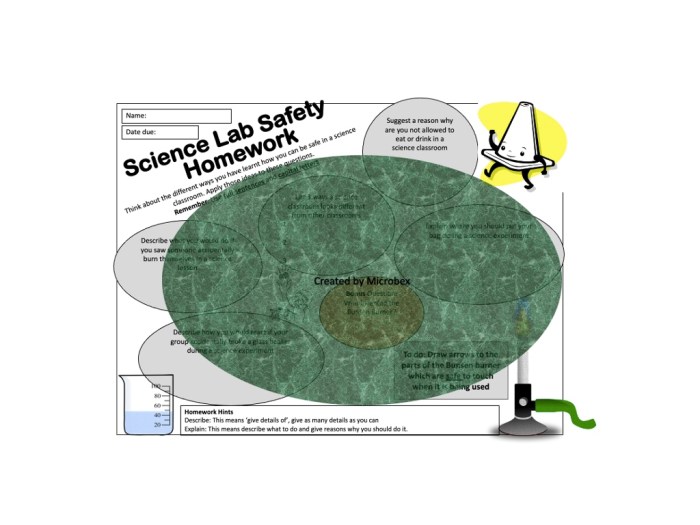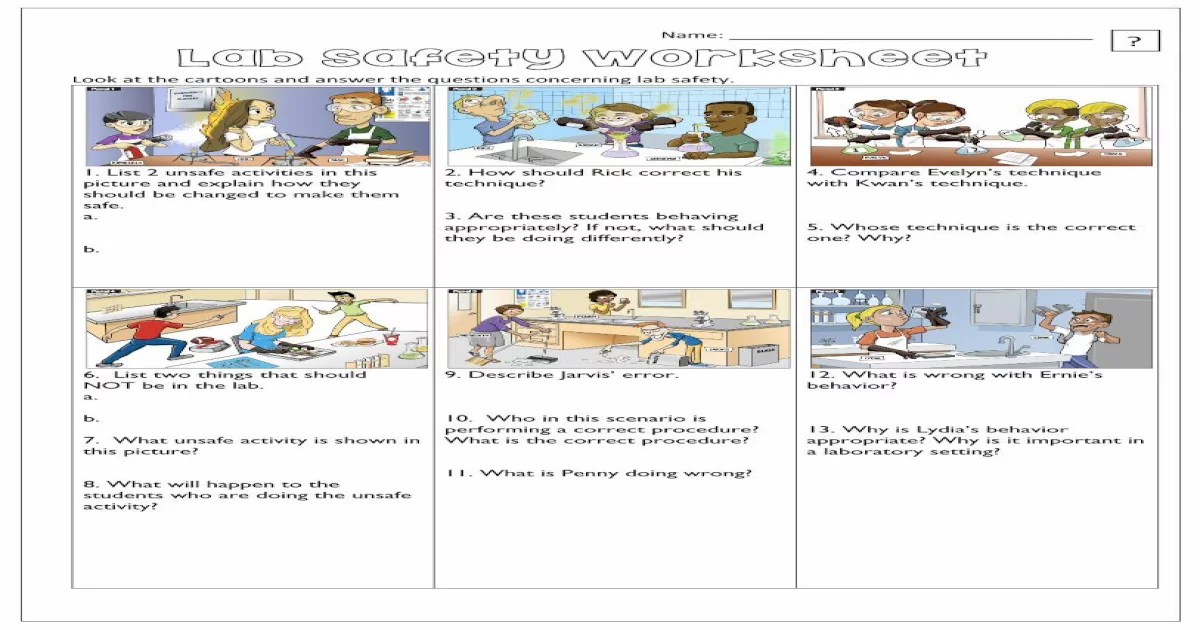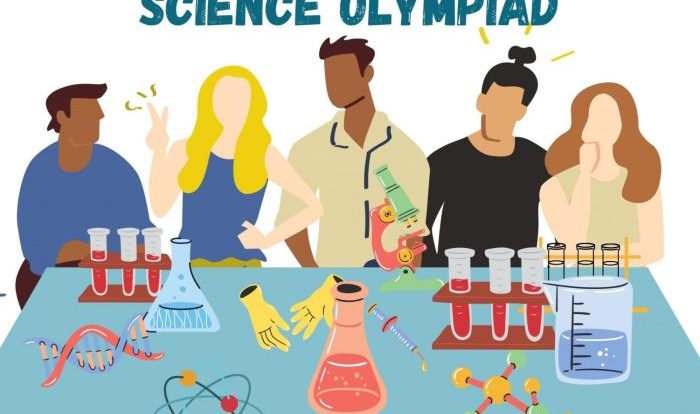Safety in the science classroom worksheet answers provides a comprehensive guide to ensuring a safe learning environment for students. This resource offers detailed explanations, examples, and strategies to address potential hazards, establish clear safety protocols, and promote responsible behavior in the science classroom.
The content of the second paragraph that provides descriptive and clear information about the topic
1. Safety Protocols in the Science Classroom

Establishing clear safety protocols in the science classroom is paramount to ensure the well-being of students and educators. These protocols provide a framework for responsible conduct and minimize the risk of accidents and injuries.
Common Safety Rules and Regulations
- Wear appropriate attire, including long pants, closed-toe shoes, and a lab coat when necessary.
- Tie long hair back and remove loose clothing or jewelry that could become entangled.
- Follow instructions carefully and never perform unauthorized experiments.
- Keep the work area clean and organized, free from clutter and spills.
- Dispose of chemicals and waste properly according to designated procedures.
Consequences of Not Following Safety Protocols, Safety in the science classroom worksheet answers
Failure to adhere to safety protocols can lead to serious consequences, including:
- Chemical burns or injuries
- Fire or explosions
- Exposure to hazardous materials
- Injury to oneself or others
2. Identifying and Assessing Hazards: Safety In The Science Classroom Worksheet Answers

A comprehensive safety plan involves identifying and assessing potential hazards in the science classroom. Hazards can be categorized into three main types:
Types of Hazards
- Chemical hazards:Acids, bases, solvents, and other chemicals that can cause burns, poisoning, or explosions.
- Physical hazards:Sharp objects, heavy equipment, and electrical devices that can cause cuts, bruises, or shocks.
- Biological hazards:Bacteria, viruses, and other microorganisms that can cause infections or diseases.
Steps in Hazard Assessment
- Inspect the work area for potential hazards.
- Review the Material Safety Data Sheets (MSDSs) for all chemicals used.
- Identify potential risks associated with each hazard.
- Develop control measures to minimize or eliminate the risks.
- Implement the control measures and monitor their effectiveness.
Minimizing Hazards
- Store chemicals properly and securely.
- Use appropriate personal protective equipment (PPE).
- Maintain equipment in good working condition.
- Provide adequate ventilation.
- Train students on hazard recognition and control measures.
FAQs
What are the most common safety hazards in a science classroom?
Common safety hazards in a science classroom include chemical spills, fires, electrical hazards, sharp objects, and biological materials.
What are the key components of a comprehensive safety plan for a science classroom?
A comprehensive safety plan for a science classroom should include clear safety protocols, hazard identification and assessment procedures, emergency procedures, personal protective equipment guidelines, and strategies for promoting a positive safety culture.
How can teachers encourage responsible student behavior in the science classroom?
Teachers can encourage responsible student behavior in the science classroom by setting clear expectations, providing regular safety training, fostering a positive safety culture, and addressing safety concerns promptly.

